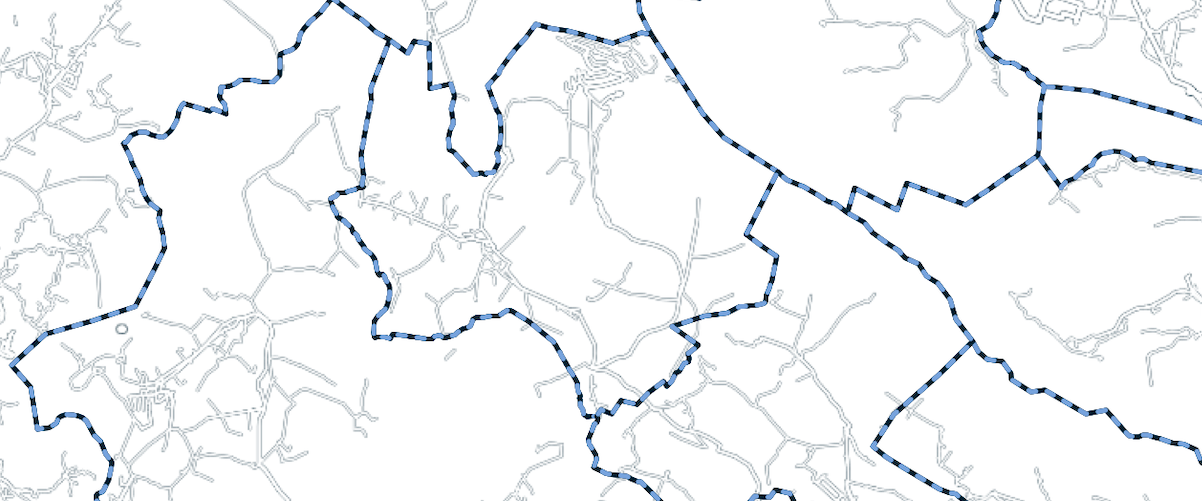How can software assist with DMA management?
Setting up a DMA can be as simple as installing flowmeters on a pre-existing supply or pressure zone. But that alone is not enough to achieve the intended result: reliable, systematic water balance metrics to work from.
The most overlooked side of DMA monitoring: without a systematic means to process monitored data and extract reliable water balance metrics, 365 days a year, the end result – reliable water balance analysis – will not be delivered, and the entire investment is compromised.
GIS and SCADA systems, while capable of representing zones, are not designed to support the often complex meter topologies between the metered zones, or to carry out the rigorous accounting that is required to get to reliable results. It takes a purpose-built DMA management software to perform that function.
It is vital to make sure that the zones' geometries, topology and hierarchies are well understood – and correctly set up in the software. But that is only step zero. On top of that, the software needs to:
(1) Establish in every zone a differential meter (all inputs minus all outputs) that reflects all unmonitored consumption and allows for direct tracking of water losses. This is the foundational stone for being able to predict behavior and setting up predictive event management – which in turn leads to being able to accrue lost volumes and predict genuine behavior.
(2) Cross-check and validate data, making sure that the calculations are not invalidated by data gaps, inconsistencies, outages or errors (which are inevitable and must be dealt with). A key aspect is the magnitude of flow metering errors, particularly if a large fraction of the input flow in a DMA is actually passed on to the next DMA, which means the flow metering errors will have a greater bearing on the DMA's consumption.
(3) Integrate SCADA with billing data – even better if AMR/AMI data is available. That completes the component analysis cycle and enables continuous water balance – evidently subject to the level of detail provided by the billing data, and no more. It actually runs deeper.
The need for integrating billing data is actually much deeper. DMA design should, as much as possible, attempt to achieve a predominance of a given tariff (say, residential, or offices) in each sector. This augments the predictability of revenue water consumption and improves the reliability of water balance calculations – an often overlooked but effectively crucial side of DMA design.
In other words: running a DMA system without a dedicated software that can actually extract value from the data will render ineffective the monitoring and network investment made. Yes, it is possible to follow a small set of DMAs with a spreadsheet. But it will require constant human attention and will easily fall behind, which defeats the purpose. The value described above comes from the system being able to continuously track all water balance components with maximum reliability, day or night, year round.
When you need to continuously survey dozens of sectors and meters, and reliably accrue water balance data for prioritizing your O&M resources and control losses, such factors become crucial.
In NRW management, getting the numbers right saves time, money and water. Can you afford to trust your numbers to second-best?
Get in touch to find out how your utility can also benefit from Baseform.